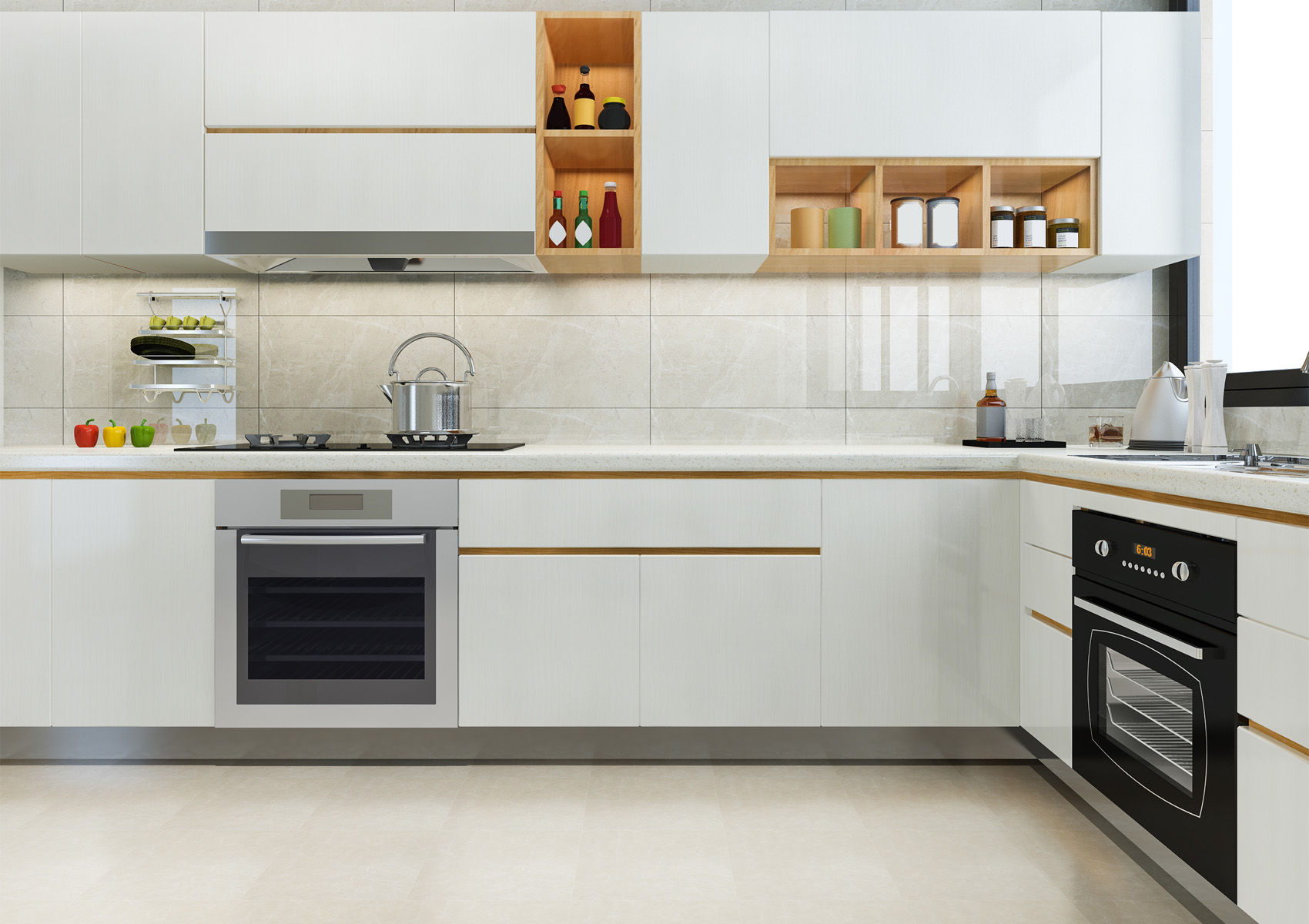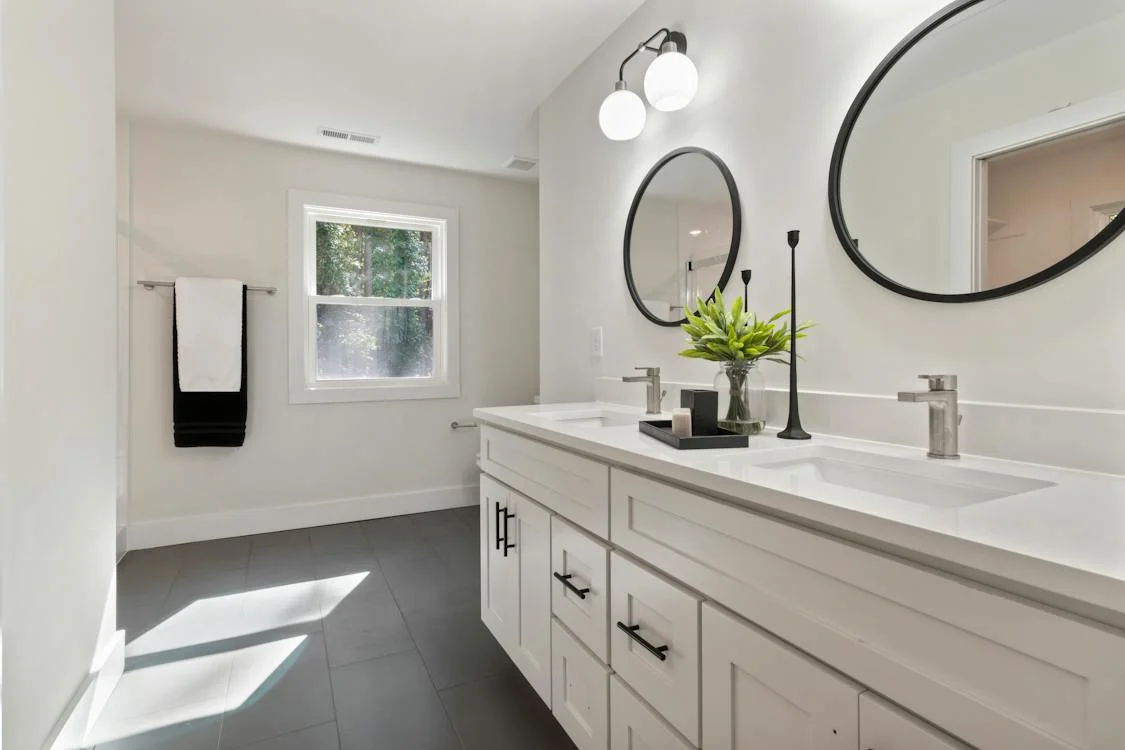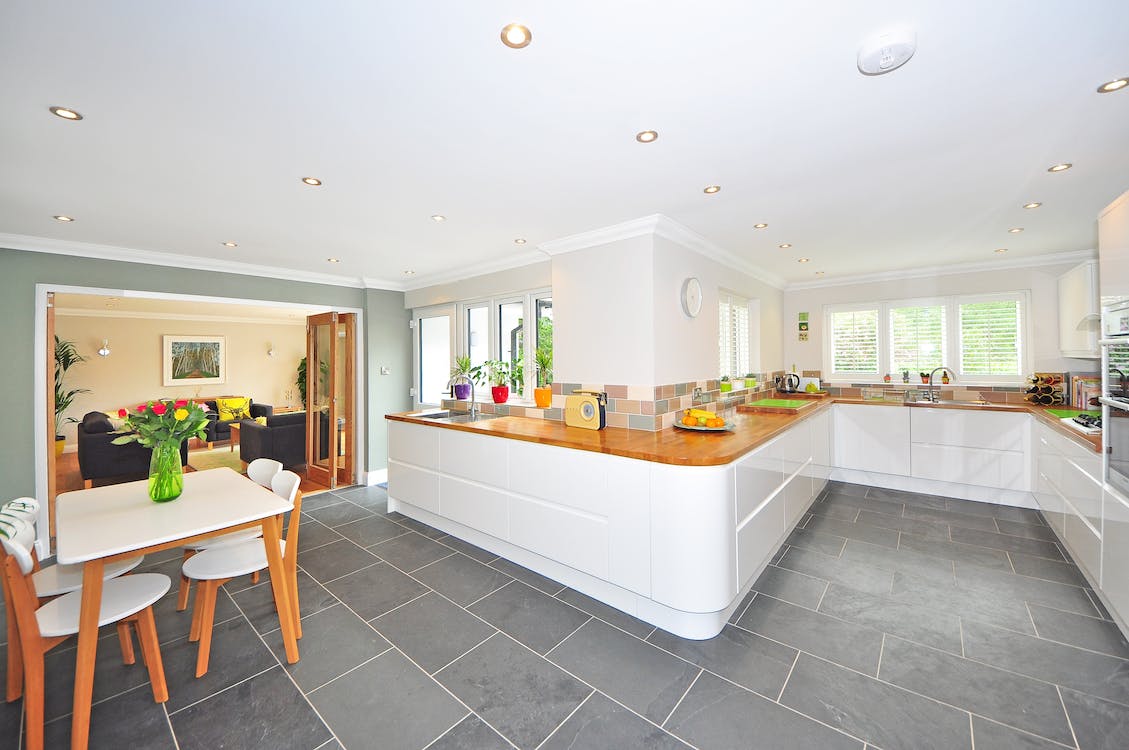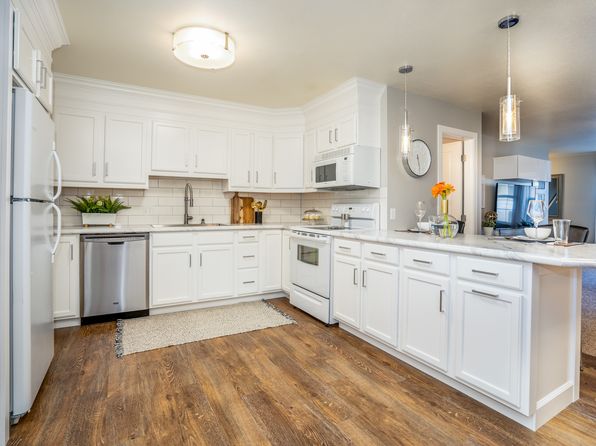
How to choose your kitchen cabinet?
Aug 10, 2024
Choosing the right kitchen cabinets involves several factors to ensure they fit both your practical needs and aesthetic preferences. Here’s a guide to help you make an informed decision:
1. Define Your Needs and Budget
Budget: Determine how much you're willing to spend. Kitchen cabinets can range from budget-friendly to high-end custom options.
Storage Needs: Consider what you need to store. Do you need lots of drawers for pots and pans or extra shelves for dishes?
2. Choose a Style
Traditional: Features details like crown molding and ornate carvings.
Modern: Sleek lines, minimalistic hardware, and often high-gloss finishes.
Transitional: A blend of traditional and modern styles, providing a versatile look.
Shaker: Simple, clean lines and a classic design that fits many styles.
3. Select Materials
Wood: Durable and can be stained or painted. Common types include oak, maple, cherry, and walnut.
Laminate: Affordable and available in many colors and patterns, but can be less durable.
Metal: Often used in modern or industrial designs, can be sleek but may show fingerprints.
Thermofoil: A plastic coating over MDF, it’s affordable and resistant to moisture but can be less durable.
4. Decide on Cabinet Construction
Stock Cabinets: Pre-made and ready to install, often more affordable but less customizable.
Semi-Custom Cabinets: Offer more options for sizes and finishes, allowing for some customization.
Custom Cabinets: Tailored to your exact specifications, but typically the most expensive option.
5. Consider Cabinet Features
Drawers vs. Doors: Drawers are great for accessing pots and pans, while doors can be better for larger items.
Soft-Close Hinges and Slides: These features add convenience and longevity to your cabinets.
Built-in Organizers: Features like lazy Susans, pull-out shelves, and dividers can improve functionality.
6. Choose Finishes and Colors
Finish: Decide between painted, stained, or natural finishes. Painted finishes offer a uniform look, while stained finishes highlight the natural grain of the wood.
Color: Consider how the color will match with your countertops, flooring, and overall kitchen design.
7. Evaluate Hardware Options
Handles and Knobs: The style of hardware can significantly impact the overall look. Choose hardware that complements your cabinet style and personal taste.
Placement: Ensure hardware is placed at a comfortable height and easily accessible.
8. Think About Installation
Professional Installation: Ensures the cabinets are installed correctly and can often include additional services like adjustments and fine-tuning.
DIY Installation: If you’re handy, this can save money, but make sure you have the necessary skills and tools.
9. Check for Quality
Construction: Look for sturdy construction with quality joints. Avoid cabinets with flimsy materials or poor assembly.
Warranty: Check if the cabinets come with a warranty, which can offer protection against defects and issues.
10. Visualize Your Space
Samples: Obtain samples or use online design tools to see how the cabinets will look in your kitchen.
Mock-ups: If possible, create a mock-up or use design software to visualize the final layout.
By considering these factors, you can select kitchen cabinets that not only meet your functional needs but also enhance the overall look and feel of your kitchen.







